CNC TURNING
Custom CNC Turning Services | Extreme 5μm Tolerance | Diverse Material Support | Flexible Production | Efficient Delivery | ISO 9001 Quality Certified
A dedicated team of engineers and technicians ensuring precision, efficiency, and reliability across every machining process.
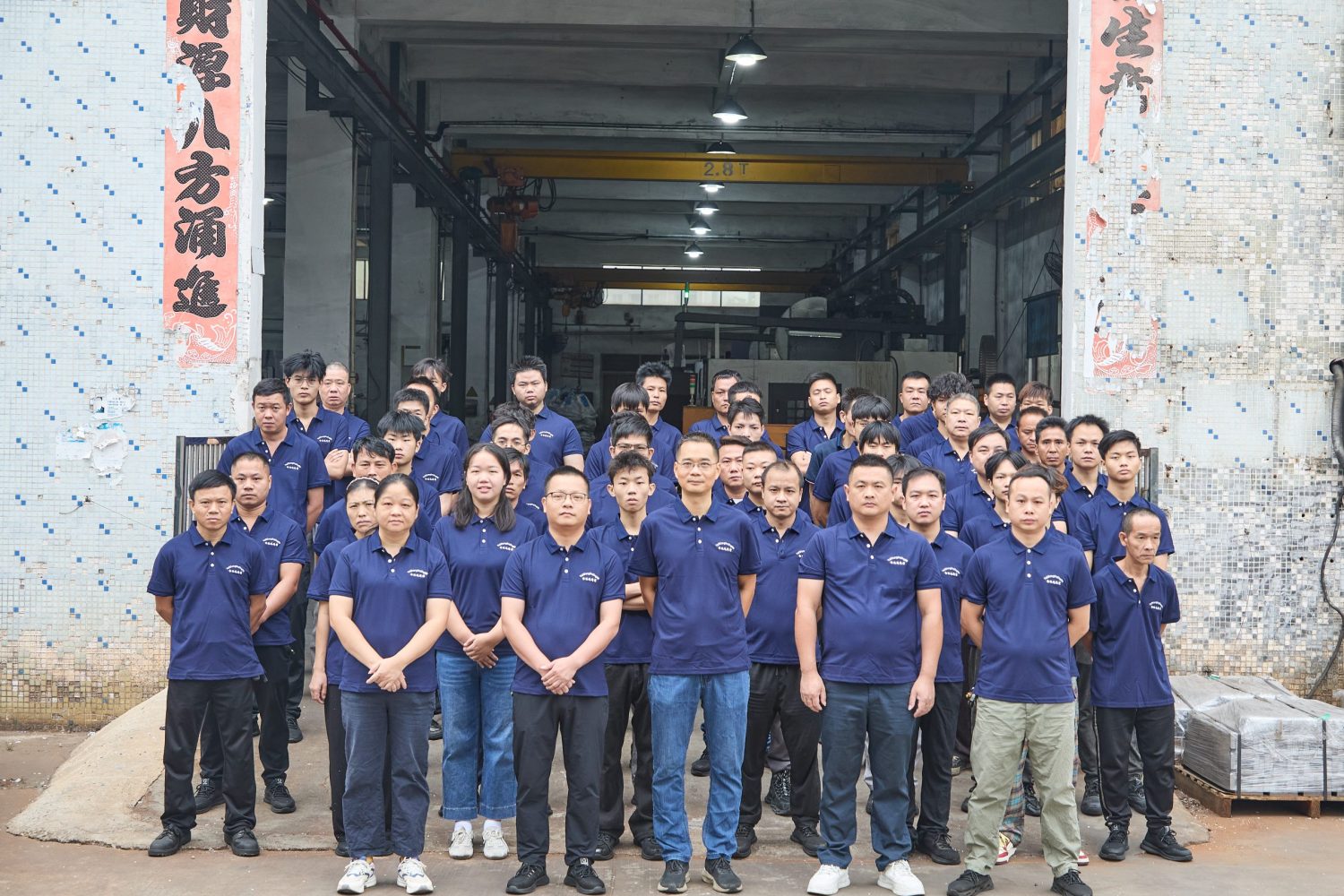
Leading CNC machining manufacturer with 15+ years experience. Specializing in precision parts from prototype to mass production.
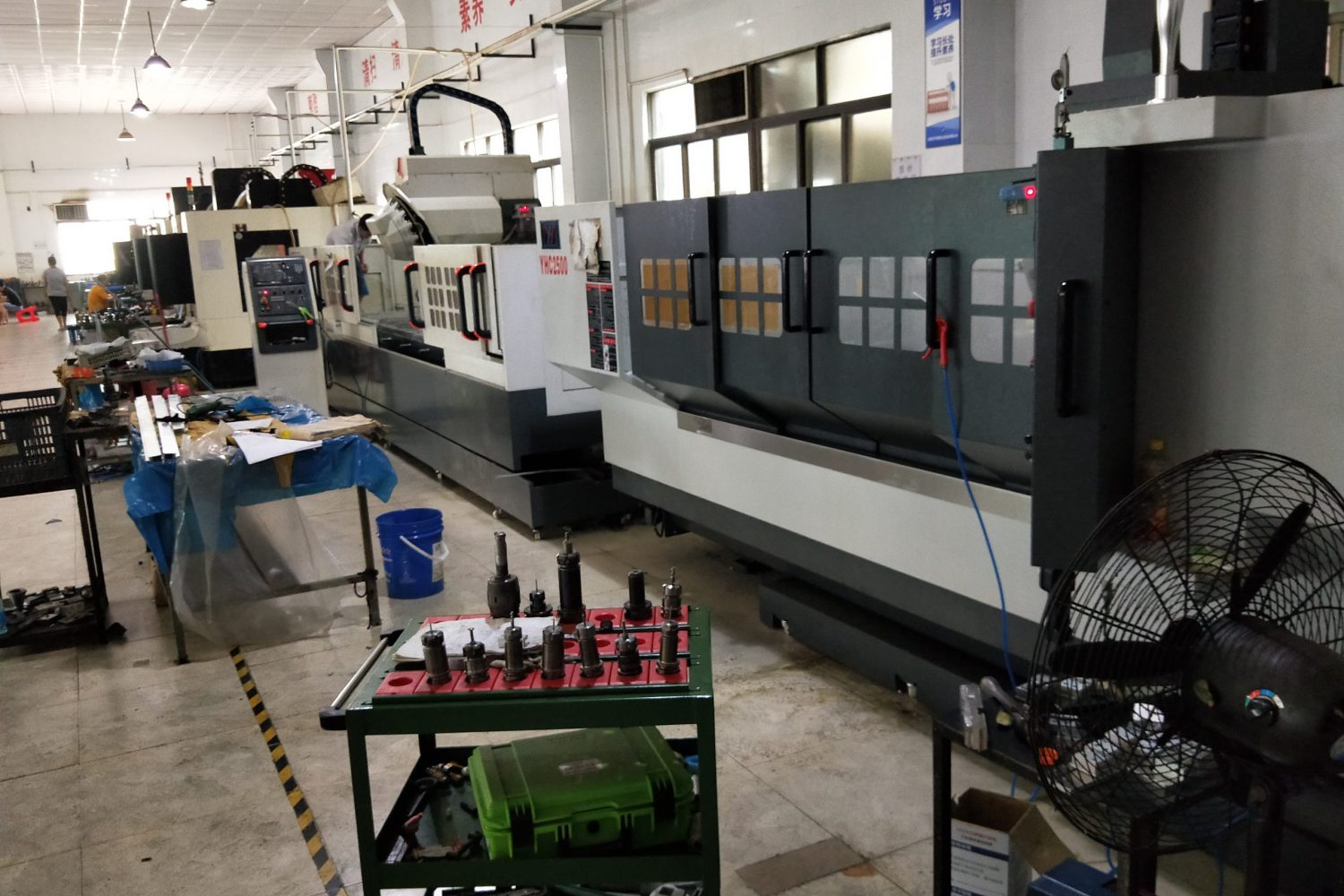
Expert CNC machining services with ±0.01mm precision. Delivering quality parts for aerospace, automotive and medical industries.
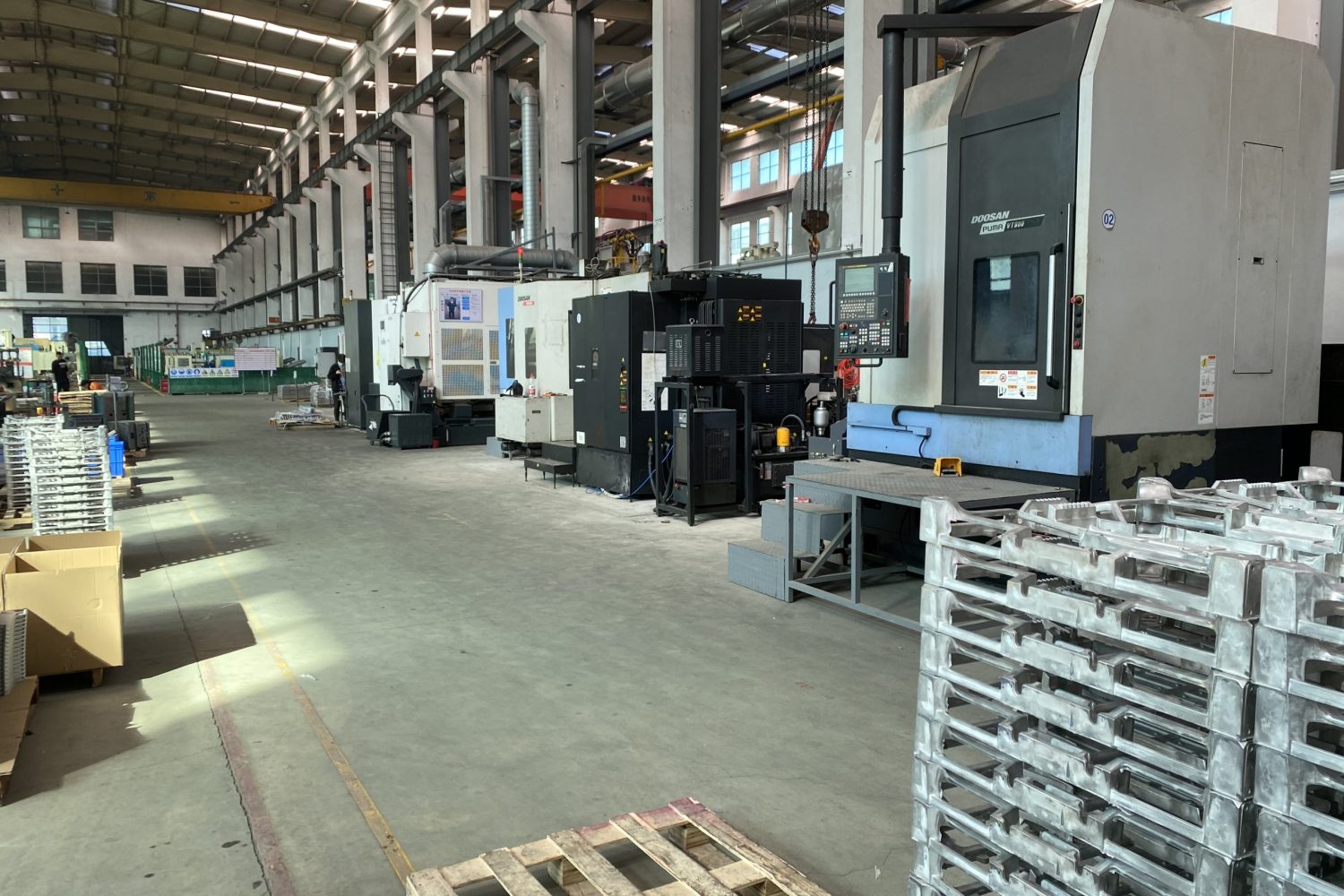
ISO 9001:2015 certified CNC machining facility serving worldwide clients. Professional solutions for all your precision manufacturing needs.
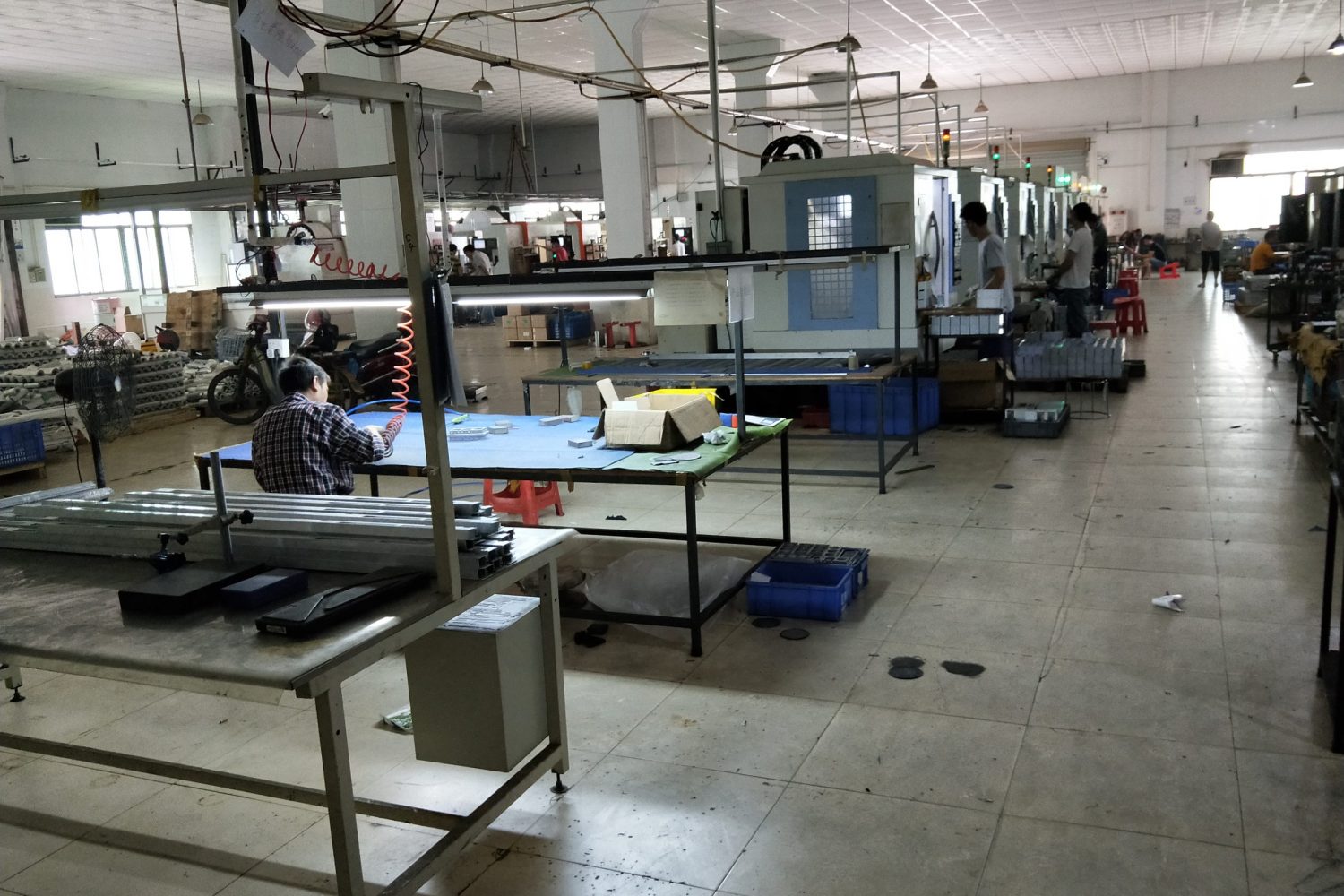
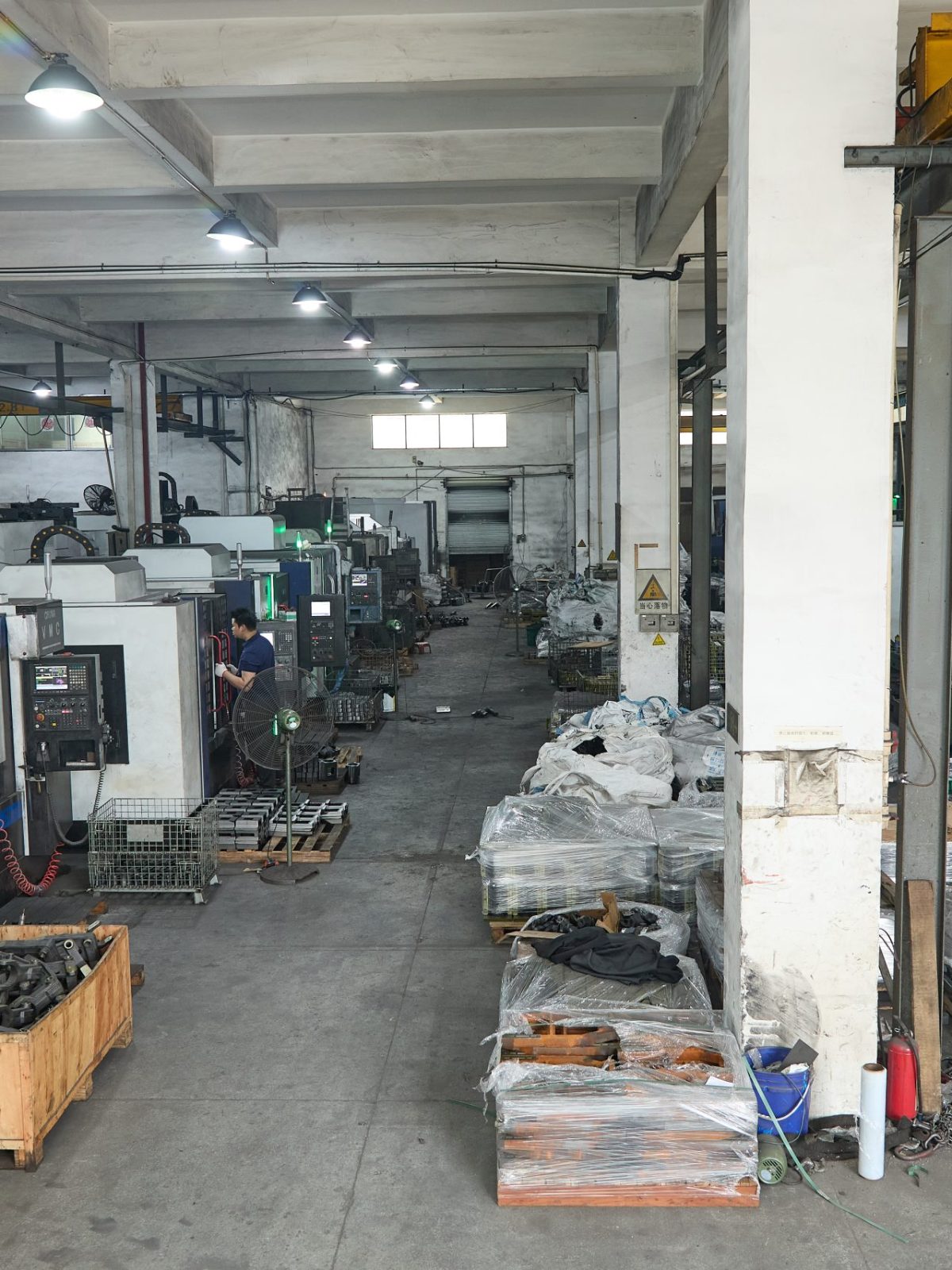
PRECISION MANUFACTURING EXPERTS
We are a leading manufacturer specializing in high-precision manufacturing and custom production solutions. With state-of-the-art equipment and over 15 years of experience, we deliver superior quality parts that meet the most demanding specifications.
Core Capabilities:
• CNC Milling & Turning (Precision up to ±0.01mm)
• Precision Parts Manufacturing
• Prototype & Small Batch Production
• Complex Components Machining
• Comprehensive Quality Inspection
Industry Solutions:
• Aerospace & Aviation
• Automotive Components
• Medical Devices
• Industrial Equipment
• Electronics & Semiconductors
Quality Assurance:
• ISO 9001:2015 Certified
• Advanced CMM Inspection
• Material Certifications
• 100% Quality Control
We serve clients worldwide with competitive pricing, fast turnaround times, and exceptional customer service.
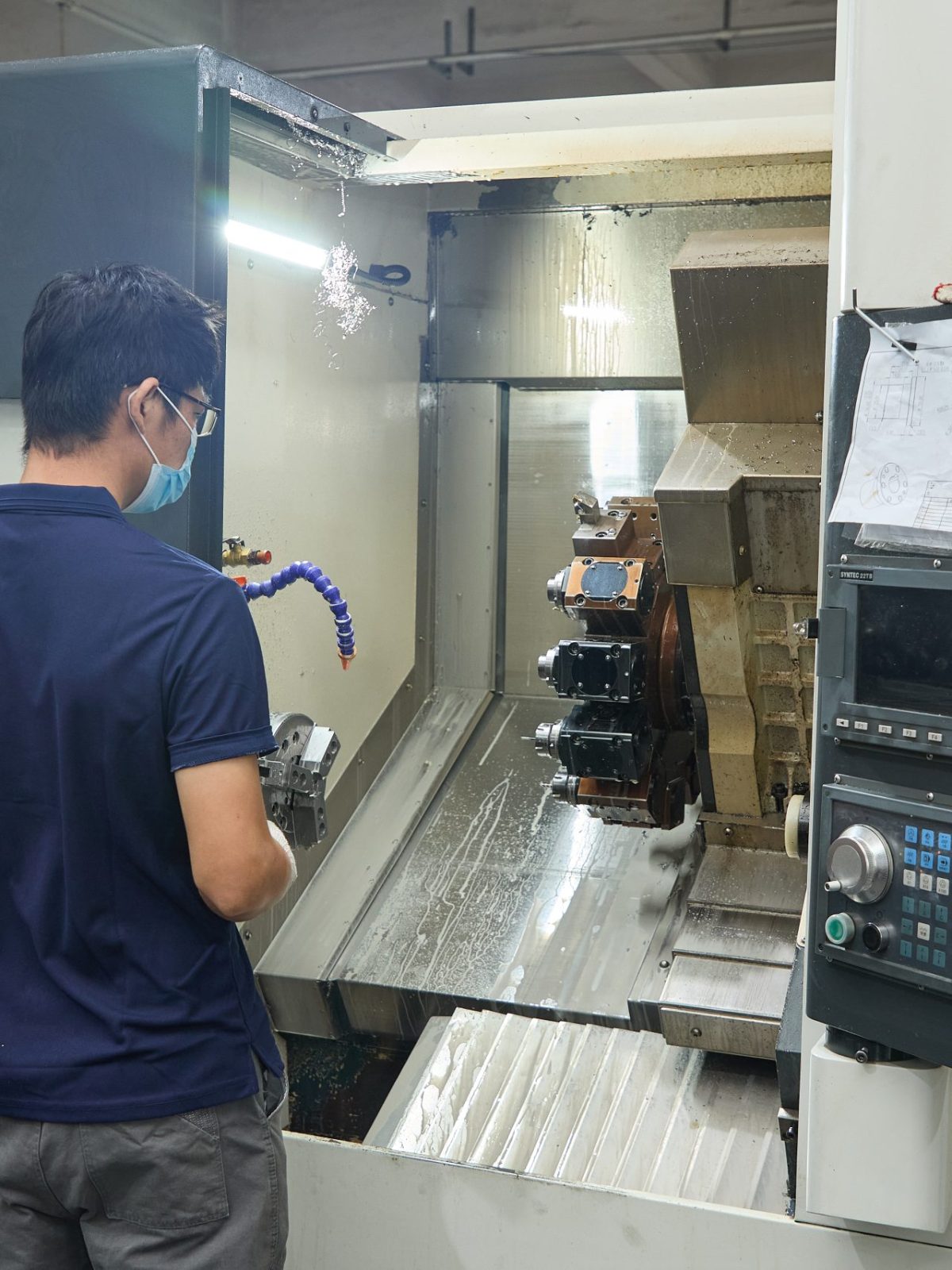
Our expertise in precision machining spans multiple industries, delivering high-quality components with advanced technology and strict quality control standards.
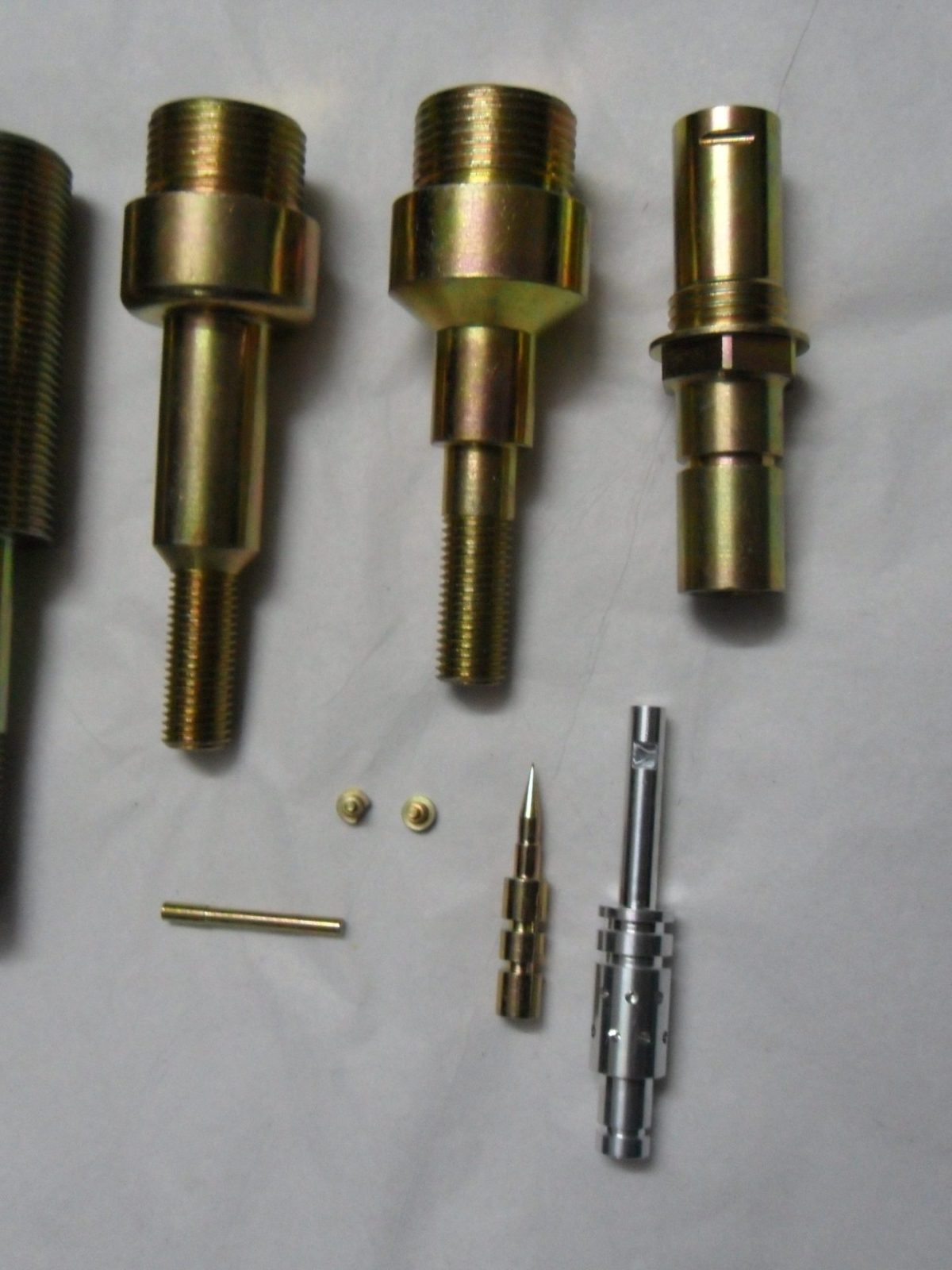
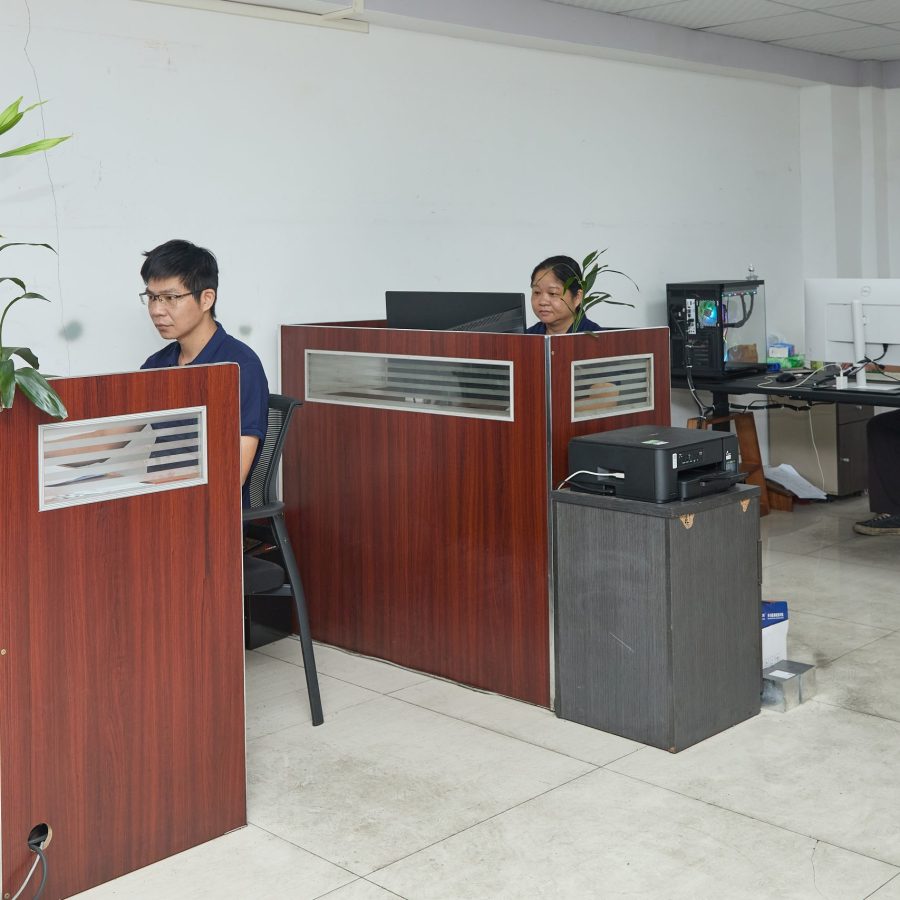
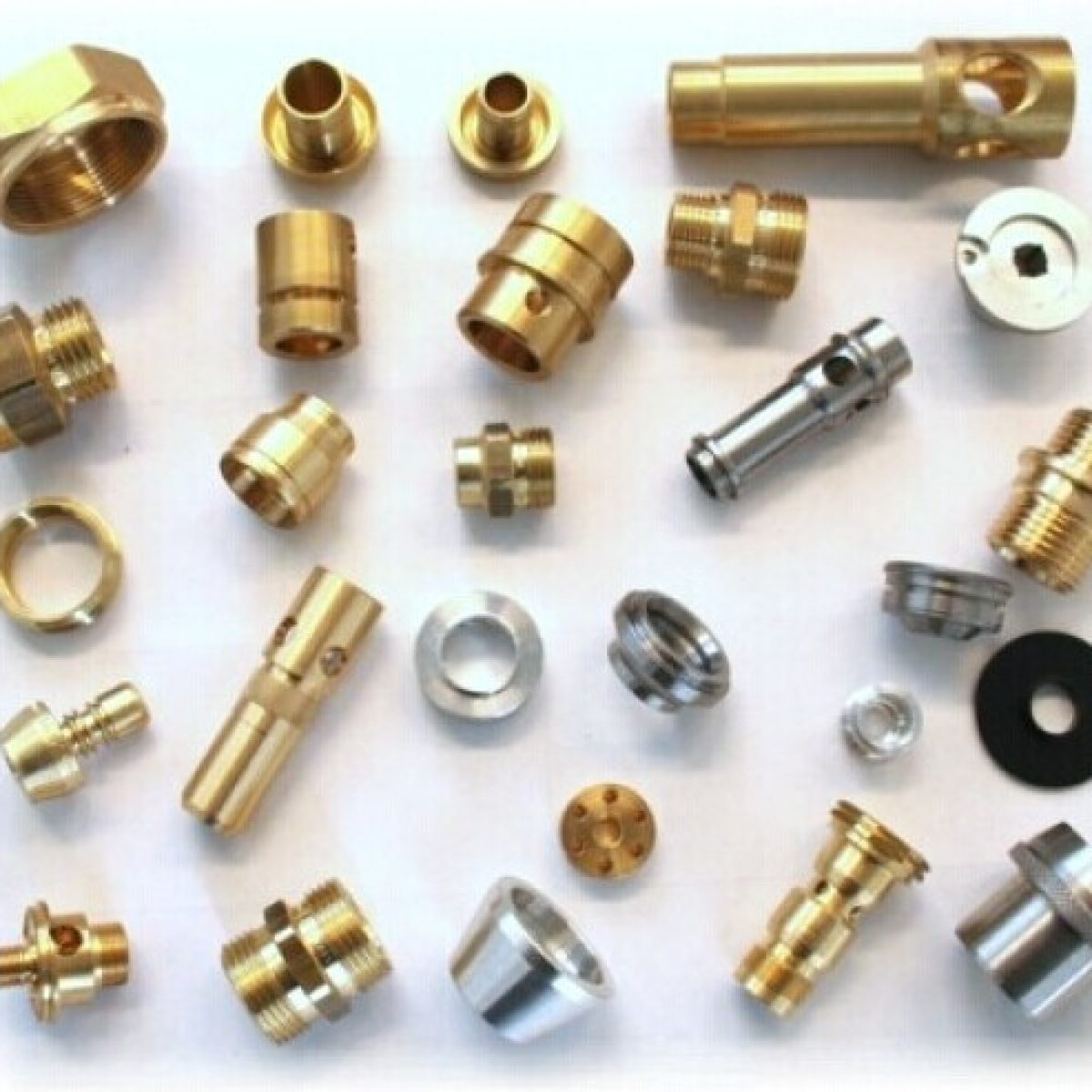
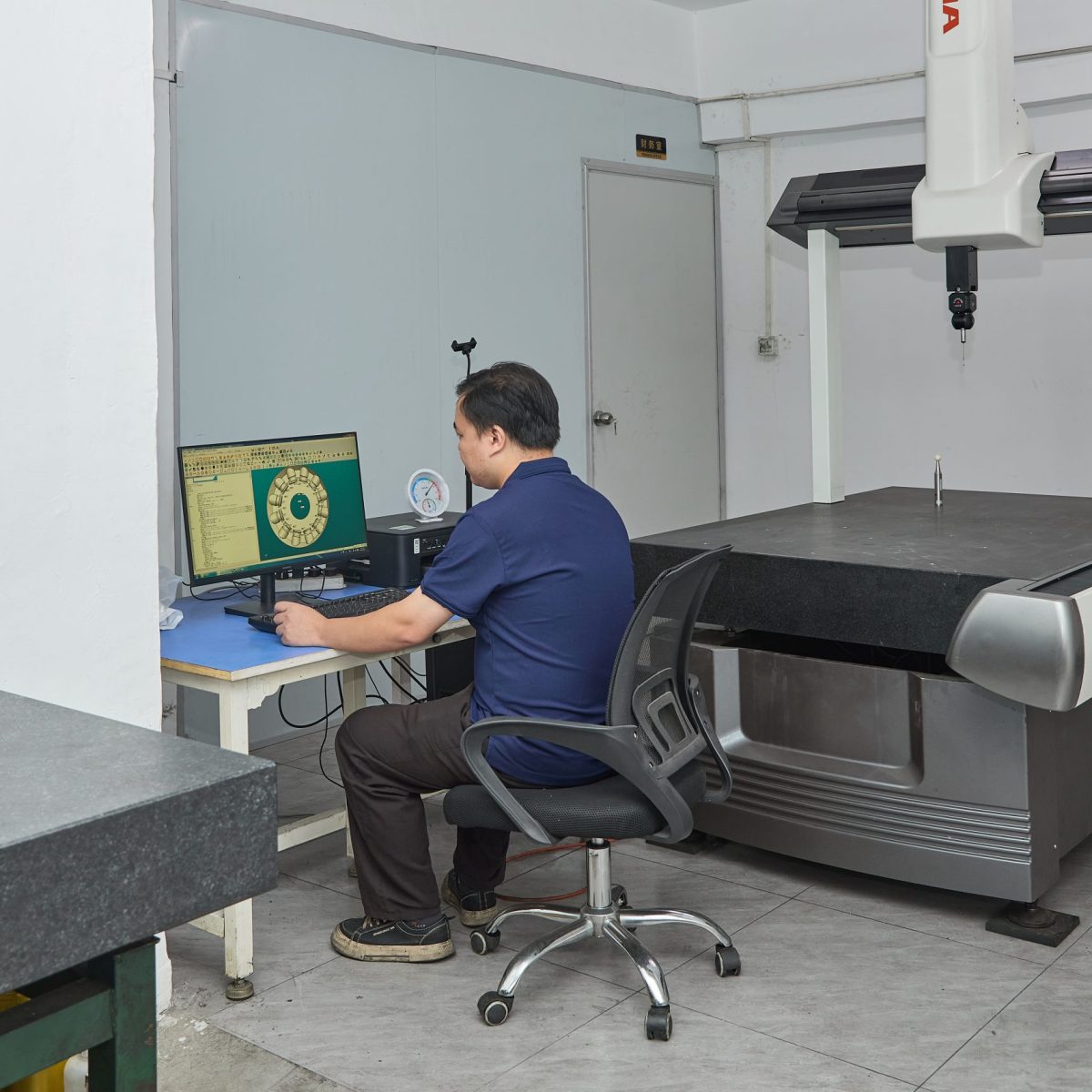
Custom CNC Turning Services | Extreme 5μm Tolerance | Diverse Material Support | Flexible Production | Efficient Delivery | ISO 9001 Quality Certified
Custom CNC Milling Services | Extreme 5μm Tolerance | Extreme Processing Freedom | Superior Surface Finish | Extensive Material Compatibility | ISO 9001 Quality Certified
Advanced 5-Axis Machining Services | Extreme 5μm Tolerance | Complex Component Manufacturing | For Challenging Geometries | ISO 9001 Quality Certified | Delivery within 7-10 working days
Custom Precision Machining Services | Extreme 5μm Tolerance | Diverse Material Support | Flexible Production Capability | Efficient Delivery | ISO 9001 Quality Certified
Aluminum Alloy Precision Machining Services | High-Speed & Efficiency | Lightweight Manufacturing | Superior Surface Finish | Extreme 5μm Tolerance | ISO 9001 Certified
Brass does not melt at a single point; instead, it transitions across a range of 880°C–950°C, depending on alloy composition and microstructure. This melting range influences casting temperature control, zinc evaporation, density, and machining thermal behavior, making it a key factor in selecting brass for pressure-retaining, sealing, thermal, and high-volume machining applications. Controlled heating, protective flux, and proper refining significantly improve part quality and manufacturing economics.
Copper melts at approximately 1084 °C, and alloy composition creates different melting ranges. The melting point influences melting processes, welding/brazing temperatures, and high-temperature performance.
Galvanizing is a zinc-coating process used to protect steel from corrosion by combining barrier protection, sacrificial action, and strong Fe–Zn alloy bonding. This guide explains how galvanizing works, its major methods—including hot-dip, electro-galvanizing, thermal diffusion, and zinc-rich coatings—and compares it with powder coating. It also outlines coating lifespan, benefits, limitations, engineering considerations, and typical applications in structural steel, fasteners, infrastructure, marine equipment, and industrial components.
A flange is a key mechanical connector used to join pipes, valves, pumps, and equipment in industrial systems. It allows reliable, leak-free connections that can be easily assembled, disassembled, and maintained. This article provides a comprehensive overview of flange fundamentals—including structure, types, facing forms, pressure ratings, standards, and dimensional parameters. It explains how different flange designs (such as weld neck, slip-on, and blind types) meet specific pressure and temperature conditions, and highlights the importance of standardization and correct gasket selection for safe, durable sealing performance.
Copper has a density of about 8.96 g/cm³, which is considered moderately high and contributes to its strength, durability, and excellent electrical and thermal conductivity. The density of copper alloys varies depending on added elements: brass (Cu+Zn) is slightly lighter, bronze (Cu+Sn/Al/Ni) can range widely, and cupronickel (Cu+Ni) is often close to or slightly higher than pure copper. Understanding copper density is essential for material selection, weight calculations, and engineering design.
Magnesium, an extremely lightweight metal, is fundamentally diamagnetic and does not exhibit attraction to magnets. This crucial characteristic—combined with its strength-to-weight ratio—makes it an essential "magnetic neutral" material. It is favored in advanced fields like MRI equipment (where it minimizes image artifacts), aerospace avionics, and high-precision sensors, ensuring minimal interference and reliable performance in strong magnetic environments.
Bead blasting is a crucial precision surface finishing technique that uses spherical media to achieve a uniform, low-gloss matte finish on machined metal components. Unlike aggressive abrasive blasting, bead blasting gently peens the surface, preserving dimensional accuracy and critical edges while masking machining marks. This process is essential for enhancing the aesthetic appeal, improving surface fatigue resistance, and optimizing the substrate for robust adhesion of downstream finishes like anodizing and PVD in high-consistency sectors like aerospace and medical instrumentation.
Stainless steel passivation is a controlled chemical process that removes free iron and surface contaminants while enhancing the formation of a stable chromium oxide layer. This thin, invisible film is what protects stainless steel from corrosion and contamination. Unlike coatings or platings, passivation does not add material to the surface—it restores the steel’s natural protective state. The process is widely used across aerospace, medical, and food industries to ensure long-term durability, cleanability, and corrosion resistance of stainless steel components.
Electropolishing is an electrochemical finishing process that smooths and brightens metal surfaces by removing a thin layer of material. It enhances corrosion resistance, cleanliness, and appearance, especially for stainless steel components.
Electroplating is a controlled surface finishing process that uses electric current to deposit a thin metallic coating on a part’s surface. It enhances corrosion resistance, hardness, conductivity, and appearance while maintaining dimensional accuracy. This article explains what electroplating is, when to use it, and how the process works step by step. It also details the main electroplating types—DC, pulse, electroless, and mechanical methods—along with suitable materials, key advantages, and industrial applications across automotive, aerospace, and precision manufacturing sectors.
Surface finish defines the fine texture left after CNC machining and directly affects part quality, wear resistance, and fit. This article explains what surface finish is, how it’s measured (Ra, Rz, RMS), and how different roughness levels influence function and cost.
When specifying brass for CNC machining, engineers must choose between H59 and H62—two widely used Chinese grades (GB/T 5231). The choice significantly affects machinability, corrosion resistance, and cost. Since direct "international equivalents" are unreliable due to variations in lead and alloying additions, this guide provides an essential, engineering-focused comparison to help you specify the right material based on composition, chip formation, and application needs.